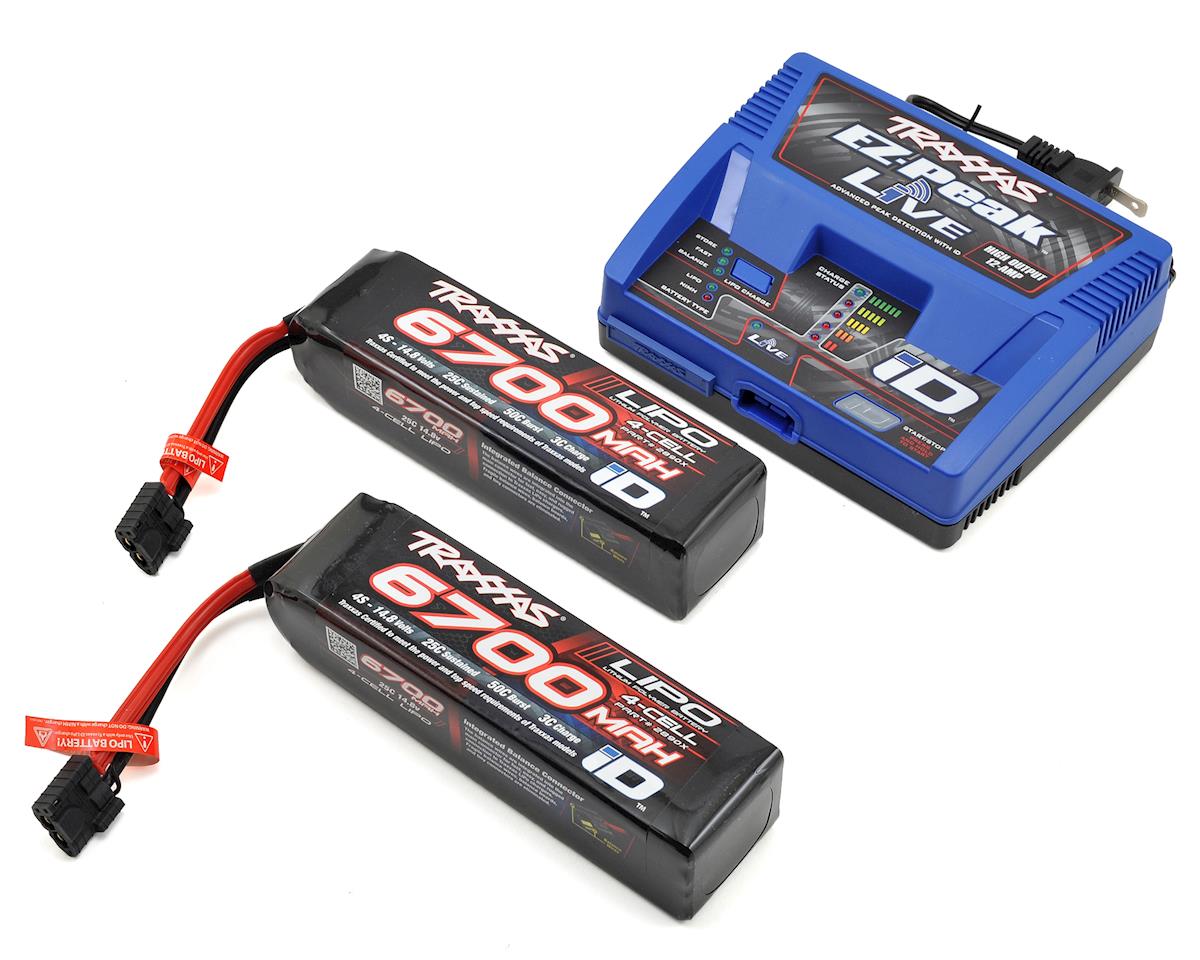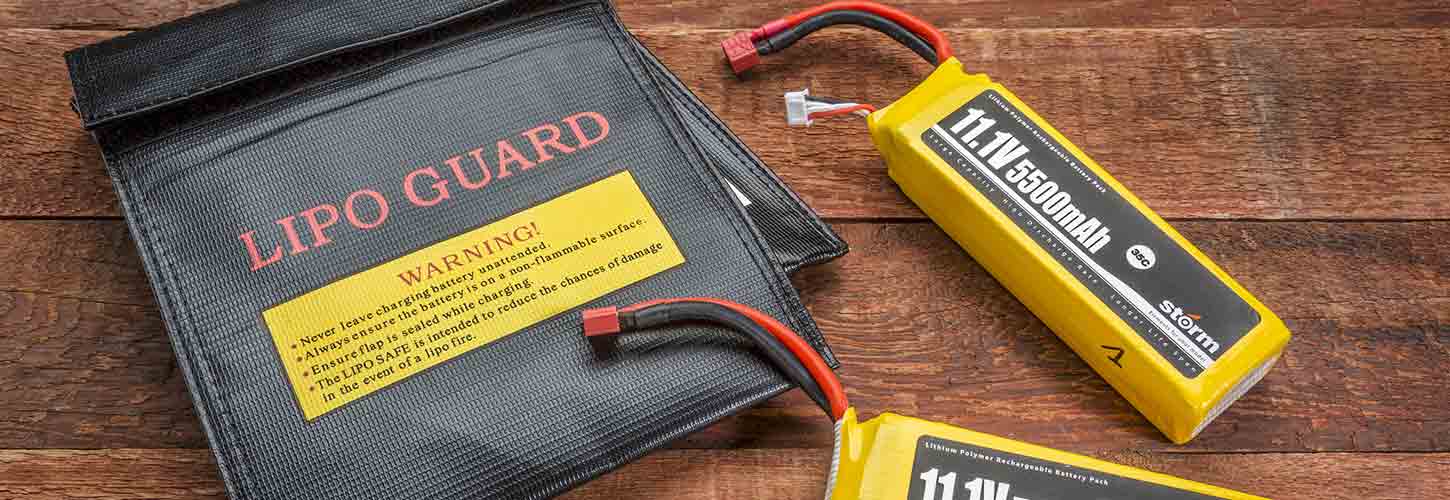Batteries

There are two types of batteries used for RC cars: Nickel Metal Hydride batteries (NiMH) and Lithium Polymer batteries (LiPo).
TL;DR: LiPo batteries are much better, but also more expensive.
Lithium Polymer batteries generally have higher current capacity (the amount of Amps the battery can deliver at one point while driving) as well as energy storage (the number of Amp Hours the battery stores when fully charged) so it may also last longer.
The amount of charge a battery can hold (how long it runs) is measured in Ampere-hours. The amount of current a battery can instantaneously deliver while driving is measured simply in Amperes.
Amperes are often re-calculated in terms of multiples of the energy content, divided by one hour which is often called “C.” Thus, a LiPo rated for 10C and 2000 mAh, can deliver 20 Amperes of current while driving. A NiHM rated for 5C and 1100 mAh can deliver 5.5 Amperes of current while driving.
Batteries can deliver more than the C rating for very short amounts of time, but will heat up or build up internal resistance so you shouldn’t count on that as being their standard capability.
For your custom car, be aware of the voltages needed for the ESC and the motor of the car, and make sure to get a battery that matches them in voltage.
Smaller RC cars will come with NiMH for affordability, or 2S LiPo for power. Larger RC cars will use 3S (11.1V) or 4S (14.8V) or even 6S (22.2V) Lithium batteries, and thus need to have ESC and motor combinations to match.
Be sure to get a charger that matches your battery.
If you have a LiPo battery:
- get a good Lithium battery charger, with a balancing plug,
- never discharge a Lithium battery below 3.2V per cell
If you discharge a LiPo battery completely, it won’t ever be charged up to its normal voltage again, and trying to do so will overheat the battery and set it on fire.
To prevent this, get a battery alarm and a LiPo charging bag:

